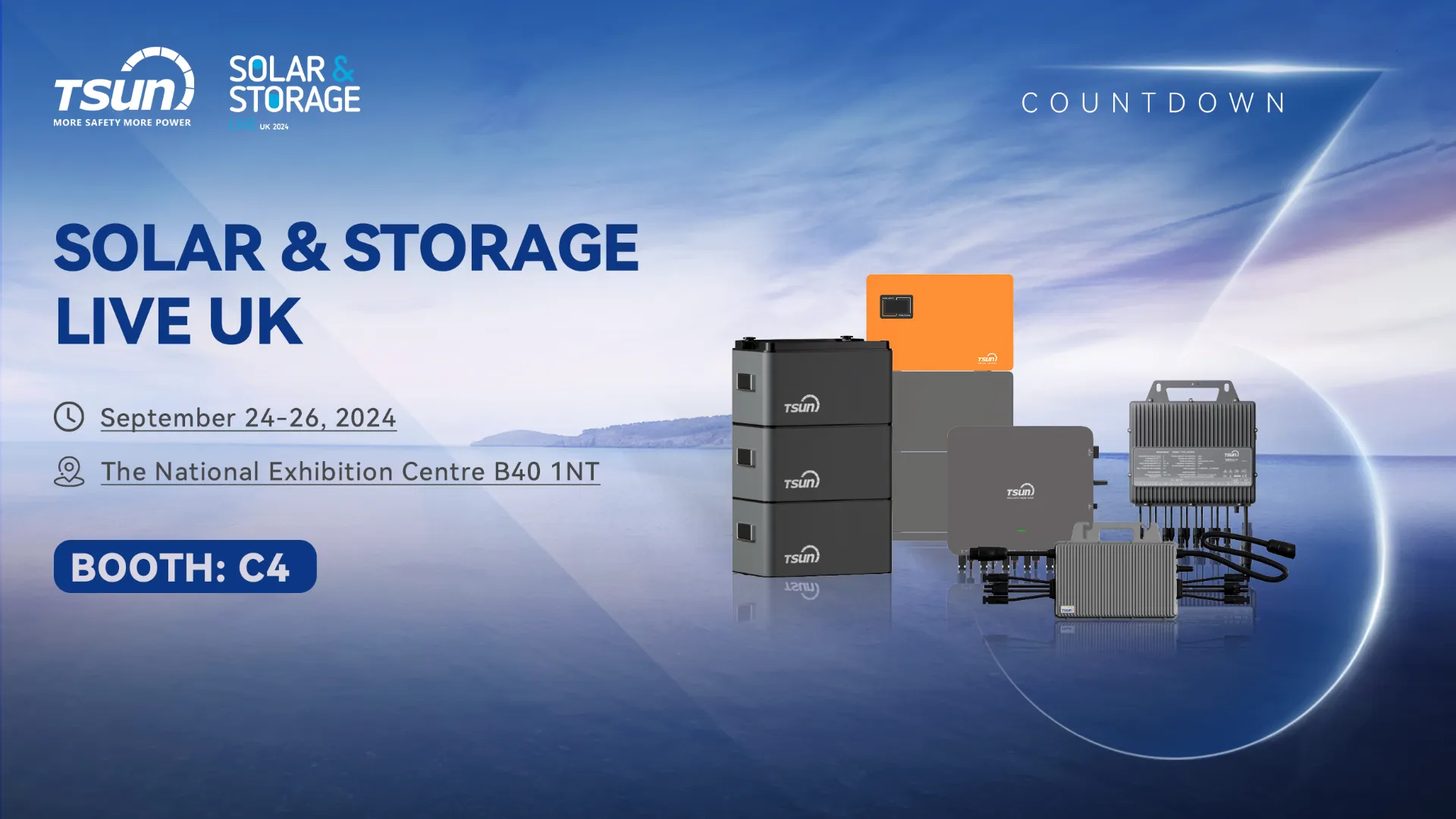Easy Solar Kit (with microinverter)
 LEARN DETAILS
LEARN DETAILS
Table of contents

(microinverters solar)
Microinverters have redefined solar panel efficiency by optimizing power conversion at the individual panel level. Unlike centralized systems, solar microinverters enable 20-35% higher energy yields in shaded or complex roof conditions according to NREL studies. This technology proves critical for DIY solar panels microinverters installations, where system adaptability directly impacts ROI.
Advanced microinverters now achieve 96.5% CEC efficiency with 1200V semiconductor architecture. Key innovations include:
| Brand | Efficiency | Warranty | Price/Watt | Unique Feature |
|---|---|---|---|---|
| Enphase IQ8 | 97% | 25 years | $0.42 | Sunlight backup |
| APsystems QS1 | 96% | 20 years | $0.38 | Dual-module pairing |
| Chilicon CP-720 | 95.5% | 15 years | $0.35 | Commercial scalability |
Modern solar microinverters for sale accommodate diverse requirements:
Residential Solutions: 300W-400W microinverters with plug-and-play connectors reduce installation time by 30%
Commercial Arrays: 3-phase compatible units supporting 208/480V grid connections
Hybrid Systems: Battery-ready designs with 30ms transition to backup power
When installing solar panels with microinverters, follow these critical steps:
Field data from California installations (2023):
| System Size | Annual Yield | Availability | ROI Period |
|---|---|---|---|
| 6kW Residential | 9,200 kWh | 99.3% | 6.8 years |
| 50kW Commercial | 78,400 kWh | 99.1% | 5.2 years |
The global microinverter market is projected to reach $7.1 billion by 2029 (CAGR 15.3%). Emerging technologies like 1500V SiC designs and module-level grid-forming capabilities position microinverters solar
systems as the definitive solution for smart energy infrastructure. Recent UL 1741-SA certifications ensure future-proof compatibility with evolving grid requirements.

(microinverters solar)
A: Microinverters are small devices attached to individual solar panels that convert DC electricity to AC electricity. Unlike traditional string inverters, they optimize each panel's performance independently. This improves efficiency, especially in shaded or uneven conditions.
A: Solar microinverters are available from online retailers like Amazon, specialized solar suppliers (e.g., Enphase or APsystems), and local solar equipment distributors. Always verify compatibility with your panels and check for warranties before purchasing.
A: Yes, DIY installations are possible if you have electrical expertise and follow safety guidelines. Microinverters simplify wiring by connecting directly to each panel. However, local regulations or permits may require professional assistance.
A: Microinverters maximize energy output by reducing losses from shading or panel mismatches. They offer panel-level monitoring and scalability. Additionally, they eliminate single points of failure compared to string inverters.
A: Attach a microinverter to each solar panel’s backside and connect them in parallel to your electrical system. Ensure proper grounding and use a compatible monitoring system. Always follow the manufacturer’s instructions and safety protocols.

